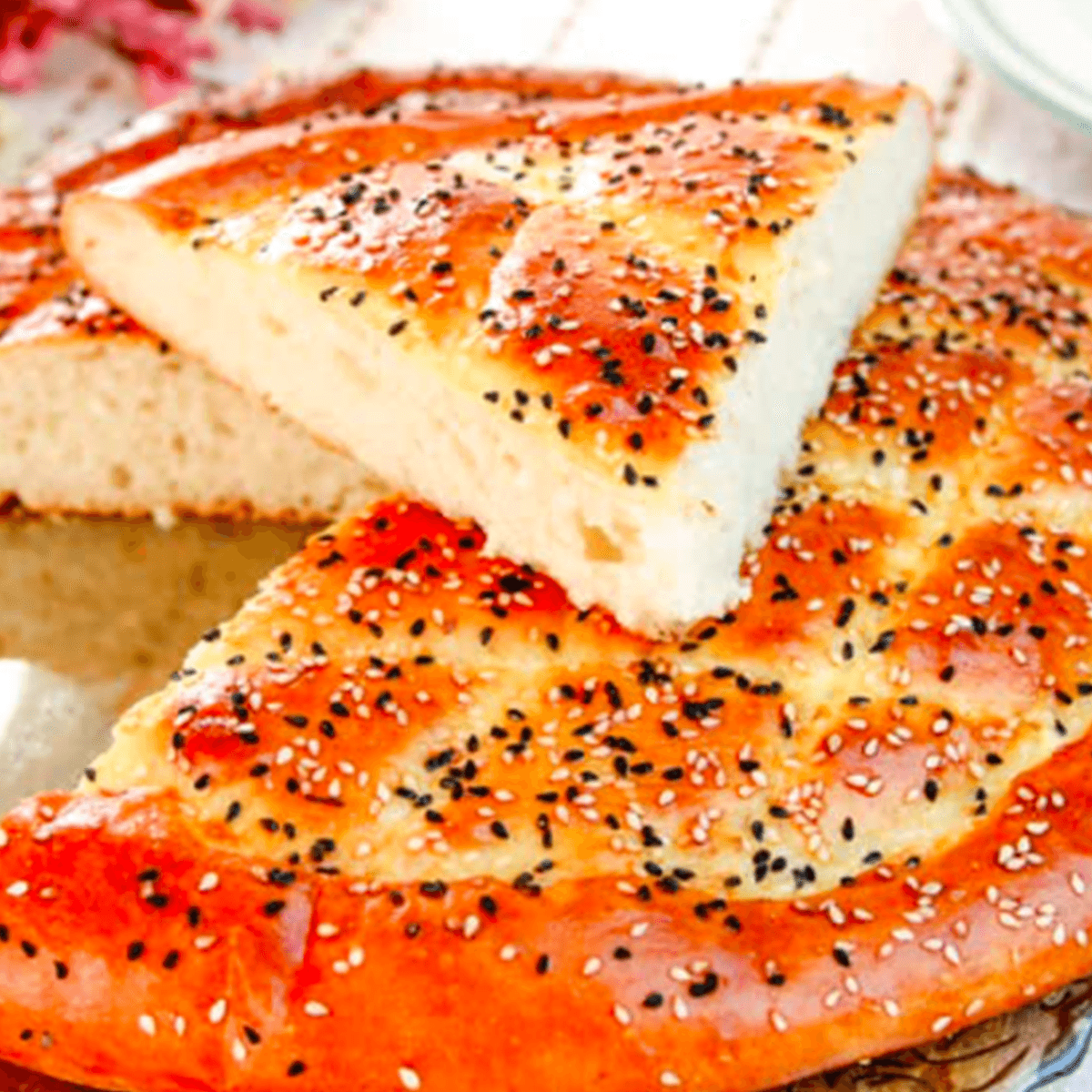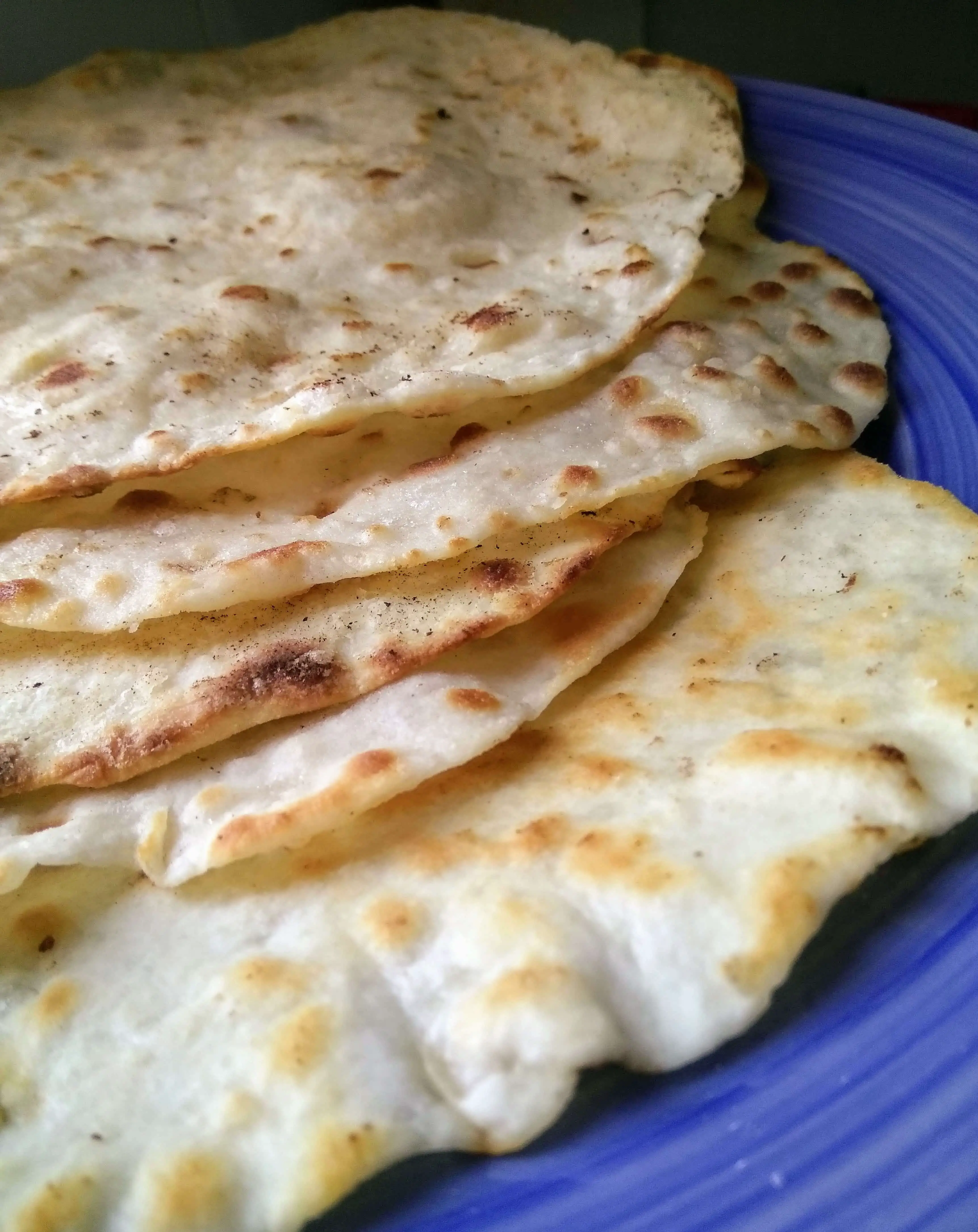

Never knead the dough without adding enough water. If you want you can knead first and then rest. Kneading Dough: I don’t knead the dough much before resting. I feel it softens the bran, makes softer chapati & the dough is easier to roll. The temperature comes down slightly by the time I measure the flour. I bring the water to a rolling boil and turn off. So I am not sure if it works the same way with other brands. I use Chakki atta from Indian and Arab brands.

Hot water softens the bran in the atta so you get softer chapati. Warm/ Hot water: Hot water works well for me, better than warm water.

In Maharashtra and some parts of Karnataka a chapati is layered similar to Plain Paratha, but made with lesser Ghee or oil. Roti is never layered but chapati is sometimes layered. Where as a chapati may or may not puff & is always cooked with fats on a tawa. Once it is off the heat, ghee is smeared. Sometimes it is also cooked on a direct flame to help it puff. Roti also known as phulka is essentially puffed and is cooked without any fats like ghee or oil. Though Chapati is made with the same ingredients as Roti, both are actually not the same. Later rolling pin has over taken this method of slapping the dough. The term Chapati has been derived from the Hindi word “Chapat” meaning “slap” or “flat” which describes the traditional method of shaping chapati by slapping the dough in between the palms. Chapati is a traditional unleavened Indian flatbread made with just 3 ingredients – whole wheat flour, ghee/oil & water.


 0 kommentar(er)
0 kommentar(er)
